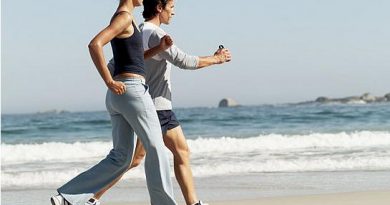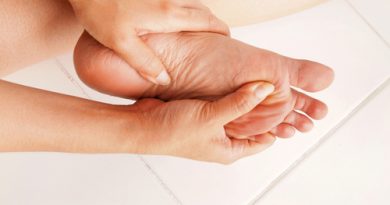How to Avoid Neck and Back Pain from Backpacks
If you’re like most parents, you remember sending your kindergartener off to school with a backpack bigger than they were. While your child may be able to shoulder it, students are now weighed down more than ever by these cumbersome packs.
Which is why, say experts, more kids than ever before are complaining about back and neck pain. With school starting up again, a likely reason for the complaints is the heavy load they’re carrying (and we’re not talking about classes), with everything from textbooks to laptops to musical instruments crammed inside.
Consider this: “The federal Consumer Product Safety Commission calculated that carrying a 12-pound backpack to and from school and lifting it 10 times a day for an entire school year puts a cumulative load on youngsters’ bodies of 21,600 pounds,” the New York Times reported, “or the equivalent of six mid-sized cars.” No wonder experts warn that kids are putting themselves at risk of even more serious conditions, such as stress fractures in the back, inflammation of growth cartilage, and nerve damage in the neck and shoulders.
“Over time, the heavy weight of a backpack can cause an unnatural alignment of the spine as students are forced to offset the pressure by arching the back or bending forward at the hips,” said Sherry McAllister, DC, executive vice president of the not-for-profit Foundation for Chiropractic Progress, adding that students who are already prone to slouching may experience further pain from sitting at a desk for prolonged periods.
Doctors of chiropractic, who have a minimum of seven years of higher learning, specialize in providing drug-free, hands-on care that helps to naturally align and strengthen the spine. And since they also routinely advise on proper body positioning — especially important to ensure while children are still growing — the Foundation is confident in offering backpack-related tips:
• Limit packs to no more than 10 percent of a kid’s weight.
• Packs with padded straps and multiple compartments help distribute weight.
• Wear straps evenly on both shoulders, and not on just one shoulder.
For more tips or to find a local doctor of chiropractic, visit www.F4CP.com/findadoctor











